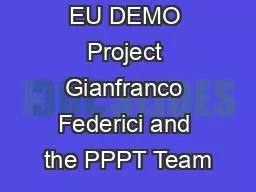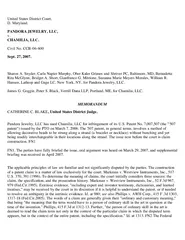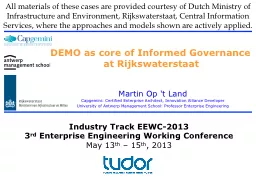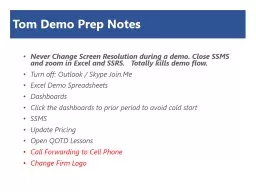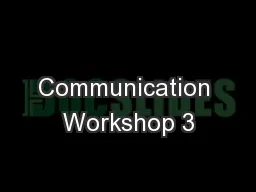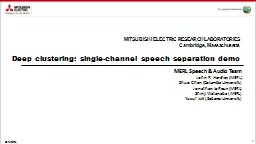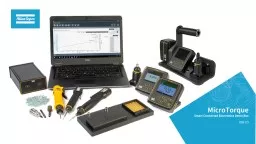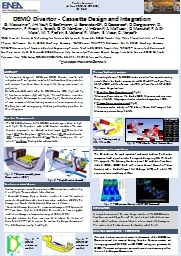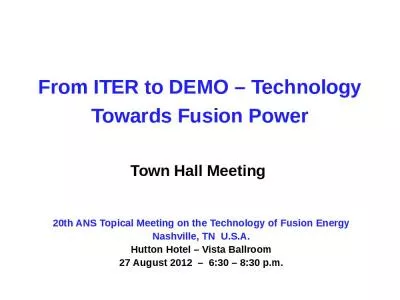PPT-EU DEMO Project Gianfranco Federici and the PPPT Team
Author : studyne | Published Date : 2020-08-27
Power Plant Physics and Technology Outline Background Context Design approach Preliminary design choices Main Design and RampD Priorities eg Power exhaust divertor
Presentation Embed Code
Download Presentation
Download Presentation The PPT/PDF document "EU DEMO Project Gianfranco Federici and ..." is the property of its rightful owner. Permission is granted to download and print the materials on this website for personal, non-commercial use only, and to display it on your personal computer provided you do not modify the materials and that you retain all copyright notices contained in the materials. By downloading content from our website, you accept the terms of this agreement.
EU DEMO Project Gianfranco Federici and the PPPT Team: Transcript
Download Rules Of Document
"EU DEMO Project Gianfranco Federici and the PPPT Team"The content belongs to its owner. You may download and print it for personal use, without modification, and keep all copyright notices. By downloading, you agree to these terms.
Related Documents

